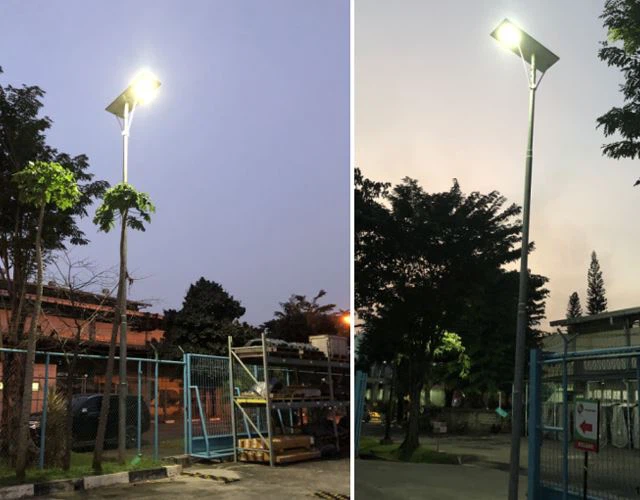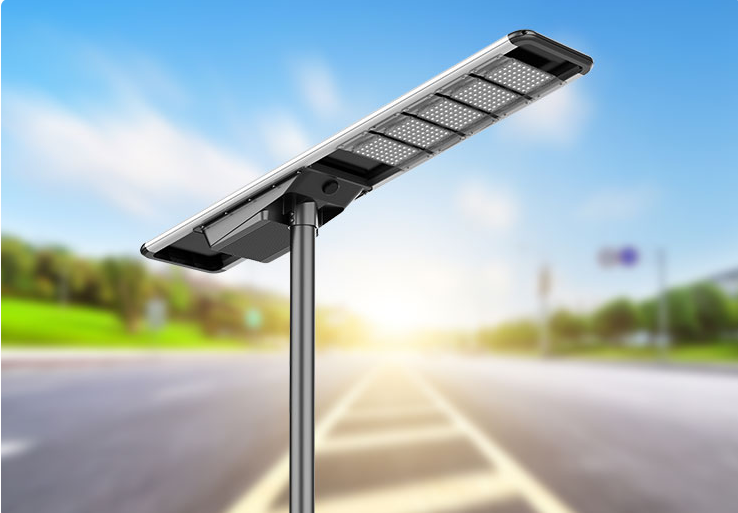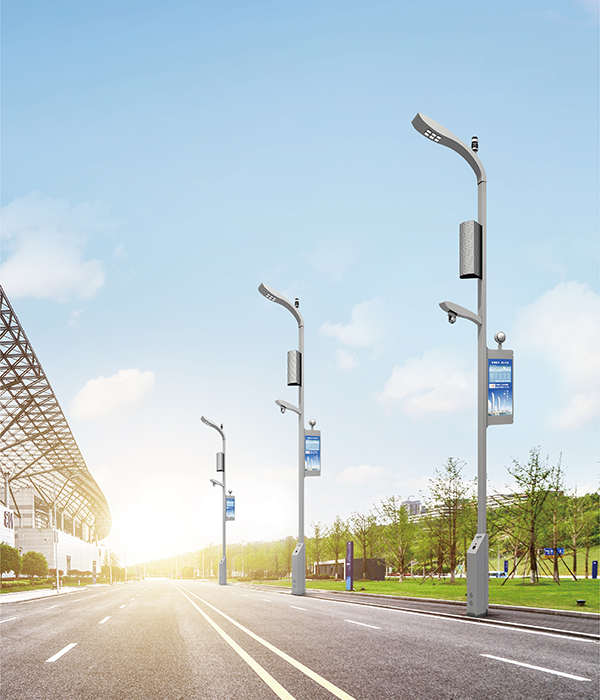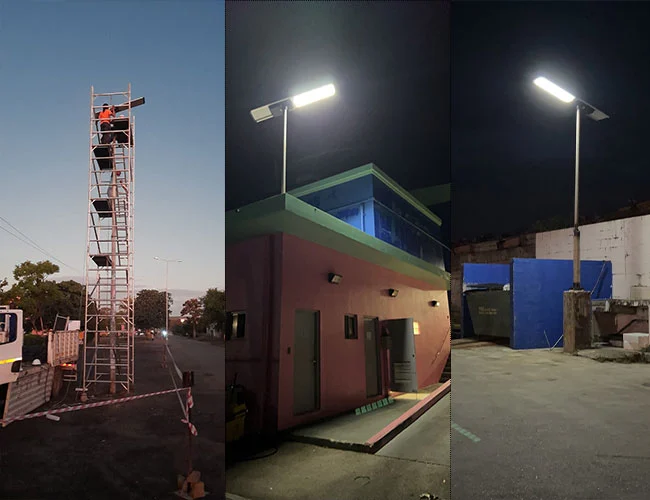
Access to electricity in rural Africa remains one of the most persistent barriers to economic growth, social inclusion, and public safety. Extending the national grid is often unfeasible due to high costs, difficult terrain, and low return on investment for utilities.
Solar street lighting systems provide a technically reliable, low-maintenance, and cost-effective alternative to rural electrification without requiring grid expansion.
As someone who has spent over fifteen years managing infrastructure and renewable energy projects across Central and East Africa, I have seen firsthand how decentralized solar street lights transform communities where traditional power solutions fail. This article breaks down the technical foundations, social benefits, and financial realities of deploying solar street lights for rural electrification—backed by field data and real project experience.
What Are Solar Street Lights and How Do They Work?
Solar street lights are stand-alone systems powered by photovoltaic modules, batteries, and LED lamps, operating independently from the grid.
Unlike conventional street lighting that requires trenching, cabling, and transformers, solar systems are modular and easy to deploy even in challenging terrains.
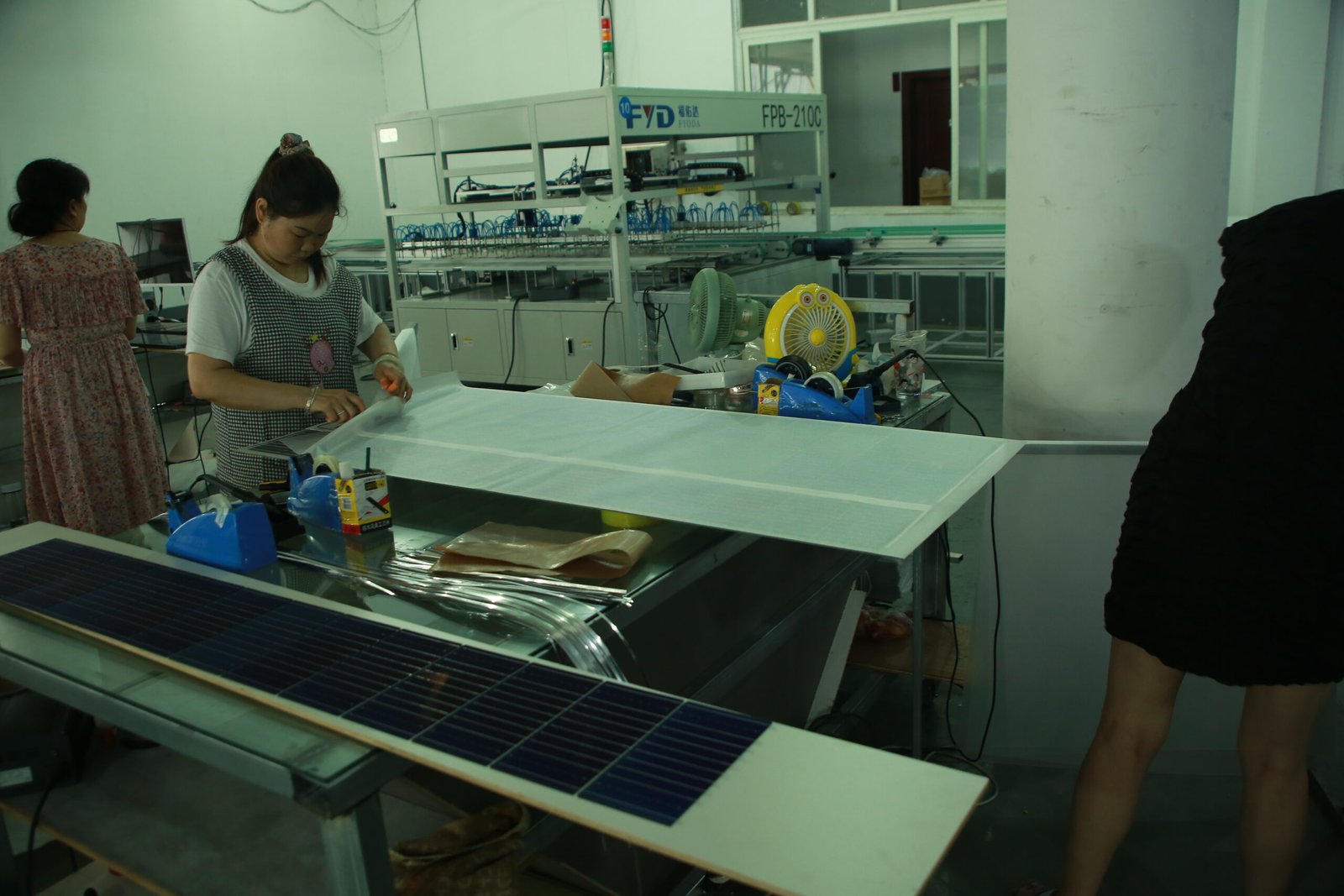
Core System Architecture
| Component | Functionality |
|---|---|
| PV Panel | Converts sunlight into DC electricity |
| Battery | Stores energy; capacity sized for 2–3 nights autonomy |
| LED Luminaire | Provides light output; typically 150–200 lm/W |
| Controller | Manages charging, discharging, and lighting logic |
| Pole + Fixture | Provides structural stability and mounting |
Most modern units include smart controllers, motion sensors, and programmable timers to extend battery life and reduce unnecessary consumption.
Why Are Solar Street Lights Ideal for Rural Electrification?
Solar street lighting systems are autonomous, scalable, and require minimal maintenance, making them ideal for remote communities.
Grid extension in rural Africa often faces three barriers:
- High capital cost: Every kilometer of transmission line increases cost and risk.
- Maintenance burden: Transformers, substations, and cables require continuous servicing.
- Slow deployment: Large-scale grid projects can take years to complete.
Solar street lights eliminate these barriers by delivering localized power where it’s needed.
Comparative Advantages
| Metric | Grid Extension | Solar Street Lighting |
|---|---|---|
| Infrastructure | High (poles, cables) | Low (modular deployment) |
| Operating Cost | Monthly utility bills | Zero electricity cost |
| Maintenance Frequency | High (fault-prone) | Low (battery + cleaning) |
| Scalability | Complex, centralized | Incremental, community-based |
Case Study: How a Rural Village Was Transformed by Solar Street Lights
In 2023, my team implemented a 50-unit solar street lighting project in a remote African village located more than 20 km from the nearest transmission line. Grid extension was financially and logistically impossible.
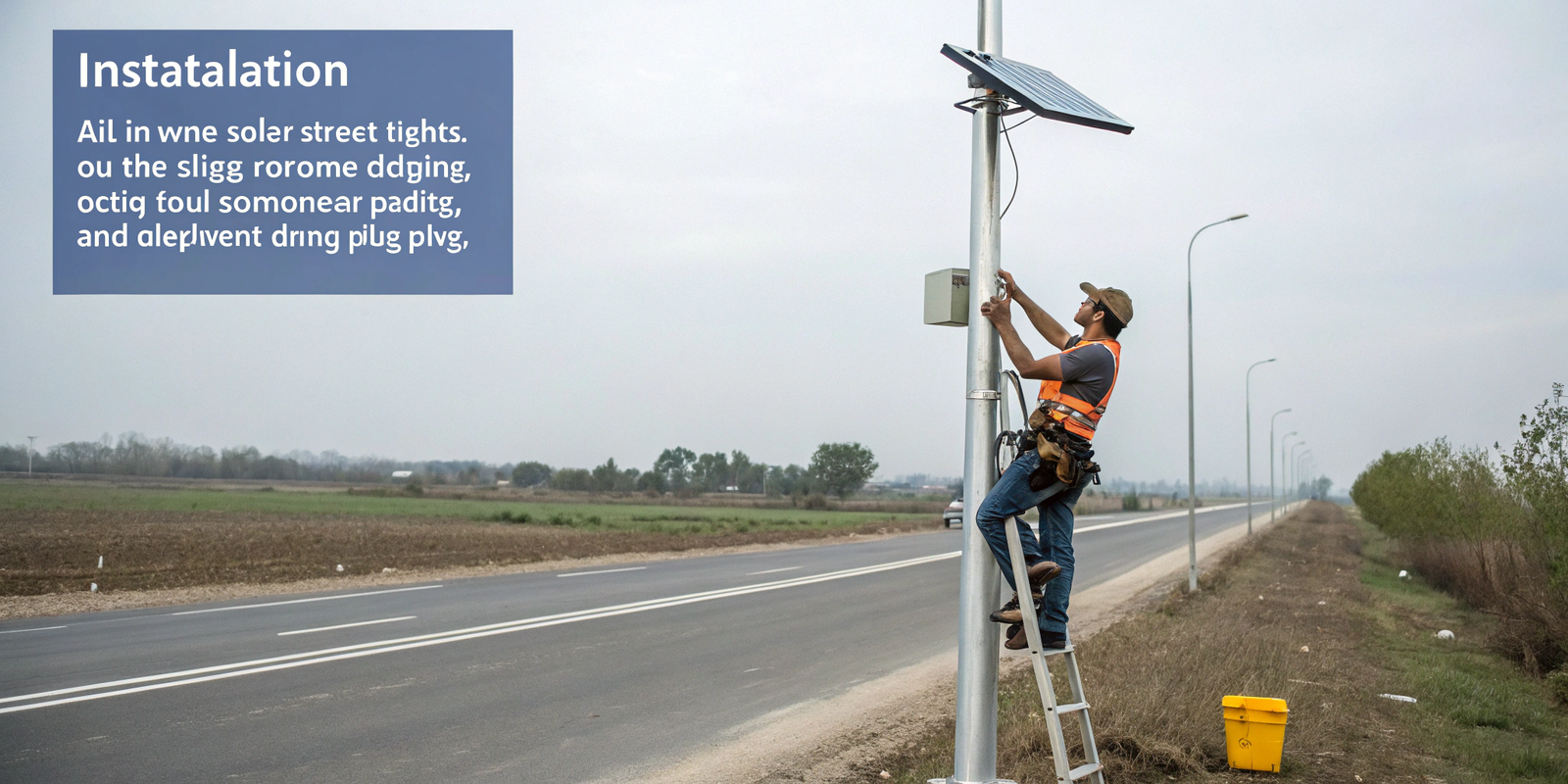
Technical Rollout
| Stage | Details |
|---|---|
| Survey | GPS mapping, sun path analysis, load profile |
| Civil Works | Foundation casting, anchoring poles |
| Electrical Setup | PV orientation, battery validation |
| Commissioning | System checks, night-time testing |
The project was completed in just 12 days despite terrain challenges. Local participation reduced costs and strengthened community ownership.
What Social and Economic Impact Do Solar Street Lights Create?
Solar lighting extends productive hours, enhances public safety, and improves access to essential services.
Our monitoring showed:
- 40% increase in market operating hours.
- 30–60 minutes extra study time for students daily.
- Improved safety for women and children using evening footpaths.
- Enhanced clinic access due to improved night visibility.
Measured Outcomes
| Impact Area | Observation |
|---|---|
| Market Operations | +2.5 hours/day in trading time |
| Student Study Hours | Increased by 30–60 mins daily |
| Women’s Safety | Greater evening mobility |
| Healthcare Access | Night visibility improved near clinics |
For rural development planners and EPC contractors, these social impacts matter as much as the technical performance.
What Are the Environmental Benefits of Solar Street Lights?
Every kilowatt-hour from diesel generators emits 2–3 kg of CO₂ and produces harmful noise and particulate pollution.
Solar street lights have zero operating emissions, zero noise pollution, and minimal lifecycle waste.
Environmental Profile Comparison
| Parameter | Diesel Generator | Solar Street Light |
|---|---|---|
| CO₂ Emissions | 2.5 kg/kWh | 0 kg/kWh |
| Noise Levels | 60–80 dB | 0 dB |
| Air Pollutants | SOx, NOx, PM2.5 | None |
| Waste Generation | Oil, filters, parts | Minimal (battery recycling) |
In most African locations, solar street lights achieve carbon payback within 1.5–2 years of operation.
How Much Do Solar Street Lights Cost to Install and Maintain?
While the upfront cost of solar street lights is higher than grid lighting, the long-term total cost of ownership (TCO) is significantly lower.

Lifecycle Cost Estimate (60W Integrated System)
| Cost Component | Estimate (USD) | Replacement Cycle |
|---|---|---|
| PV Module | $80 | 20–25 years |
| LED Lamp | $40 | 5–8 years |
| Lithium Battery | $100 | 5–7 years (2,000–3,000 cycles) |
| Controller | $30 | 5–7 years |
| Installation & Pole | $120 | 20+ years |
Maintenance Requirements
- Clean PV modules 2–3 times annually.
- Quarterly battery voltage checks.
- Replace lithium batteries after 5–7 years.
- Use remote monitoring (GPRS/LoRa) for predictive maintenance in inaccessible areas.
What Lessons Can Other Rural Villages Learn from This Project?
The success of rural solar lighting depends on accurate design, technology choice, and community involvement.
Design & Implementation Best Practices
| Element | Recommendation |
|---|---|
| Solar Irradiance | Minimum 4.5 kWh/m²/day |
| Battery Type | Lithium preferred over lead-acid |
| Lighting Control | Adaptive dimming + PIR sensors if needed |
| System Sizing | Match panel & battery to usage profile |
| Local Labor | Employ local workers for installation |
When villagers are involved in deployment, systems face less vandalism, receive better care, and foster shared responsibility.
Conclusion: Why Solar Street Lighting Is the Future of Rural Electrification
Solar street lighting has proven itself as a technically sound, environmentally sustainable, and socially impactful solution for rural electrification. Unlike grid expansion or diesel generation, it is rapid to deploy, cost-effective over time, and scalable in phases.
As African governments, NGOs, and EPC contractors seek resilient electrification strategies, solar street lights stand out as one of the most practical, measurable, and future-ready solutions.
If your next rural project involves improving community access, security, and productivity, solar street lighting should be at the top of your strategy.
👉 Next Step: Explore Sunlurio’s tailored solar street lighting solutions designed for African EPCs and rural development programs. Learn more here.


